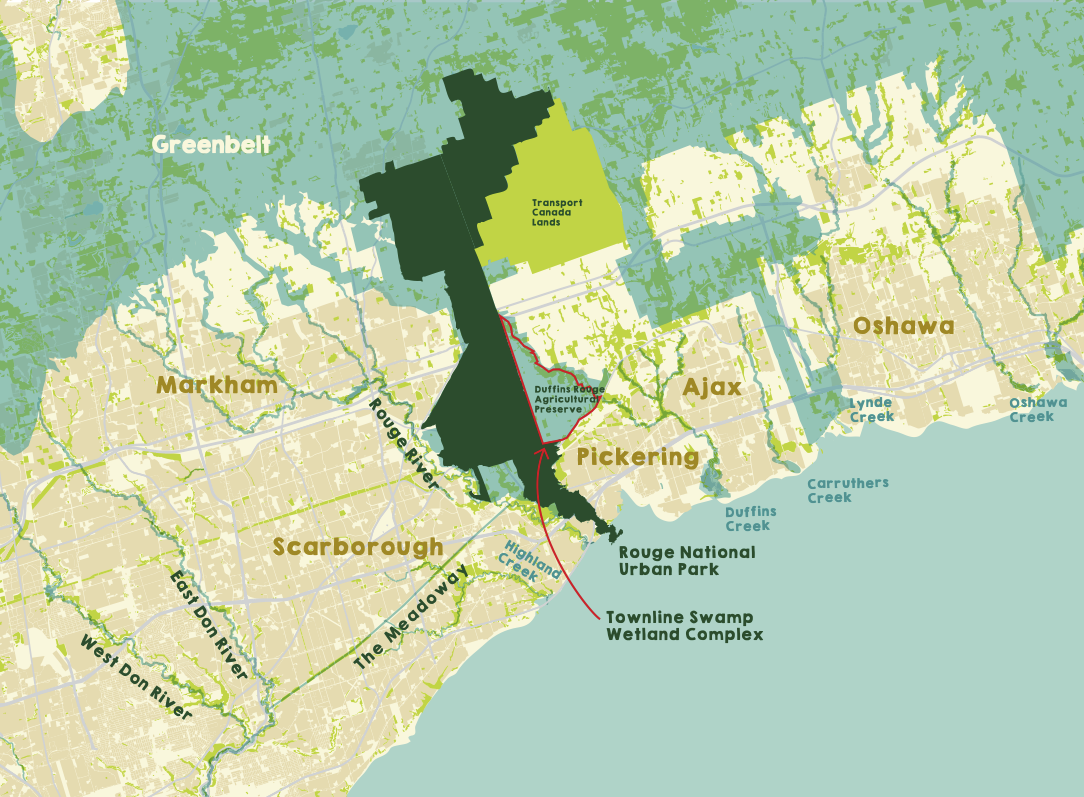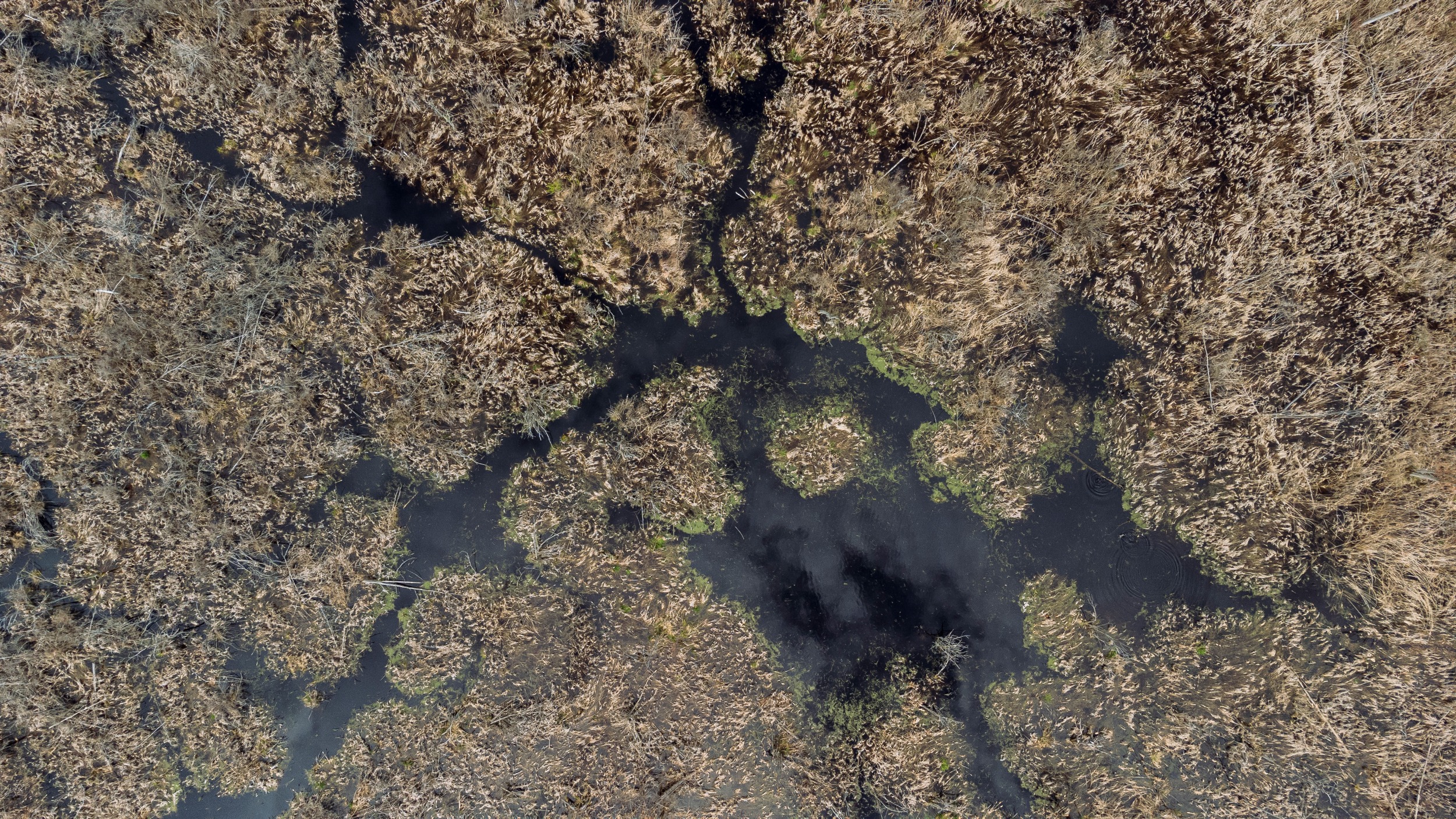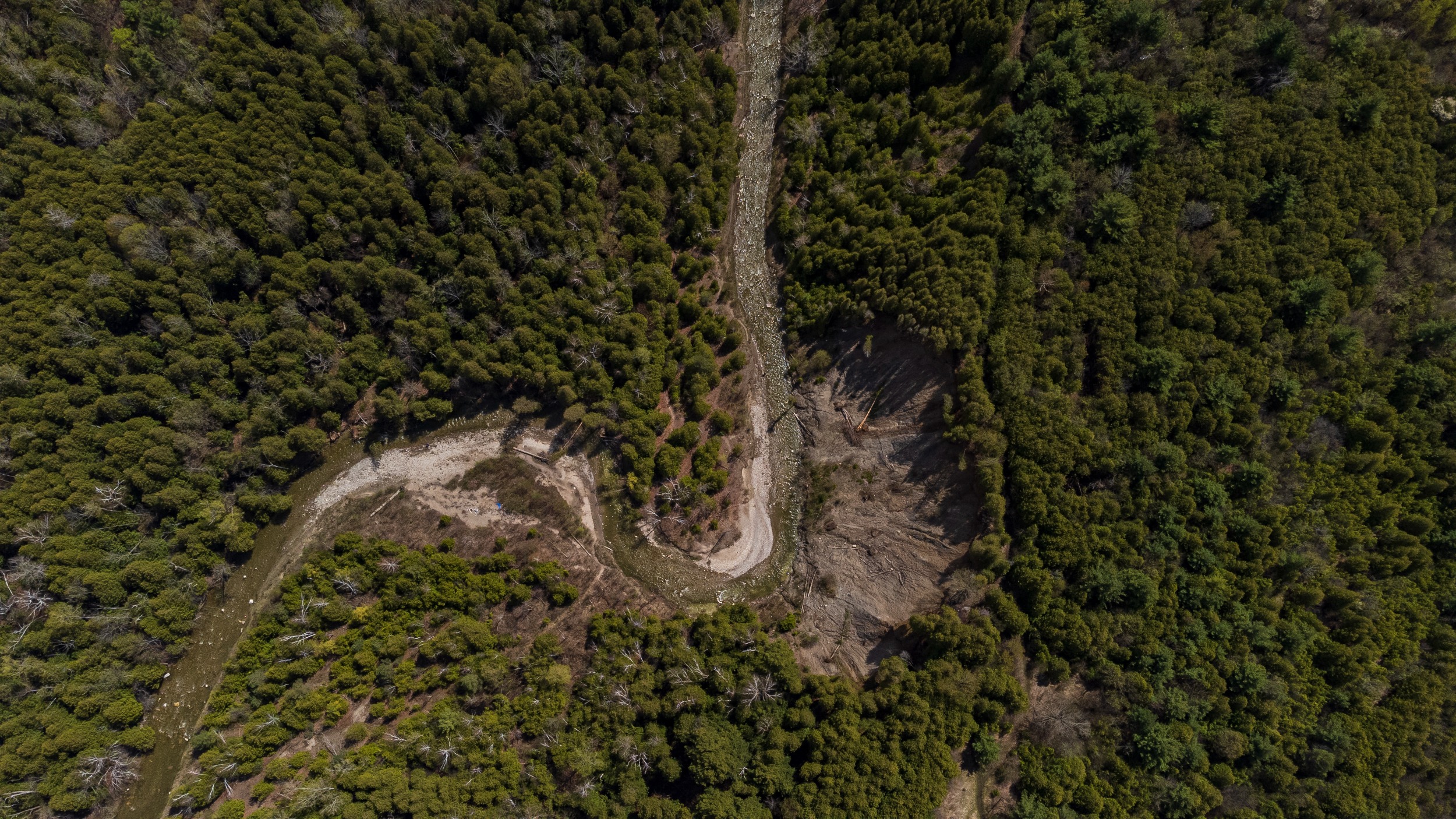
The Narwhal picks up four Canadian Association of Journalists award nominations
From investigative reporting to stunning photography, we’ve been recognized with four 2024 CAJ Awards nods...
Get the inside scoop on The Narwhal’s environment and climate reporting by signing up for our free newsletter.
The Narwhal originally published this story based on information from a source with firsthand knowledge of the announcements, who was not authorized to speak publicly on it. The federal government has since made the announcements that confirm our reporting.
Rouge National Urban Park will grow by thousands of hectares, preserving part of a wildlife corridor connecting Lake Ontario to protected land northeast of Toronto.
The expansion news came in twin announcements from the federal government Monday as Transport Canada abandons a plan to build an airport next to the park in Pickering, Ont., east of Toronto. For the last 50 years, Canada has planned to construct the airport on an expanse of agricultural land and green space known as the Pickering Lands — now, most of it will be transferred to Parks Canada instead.
Adding most of the land to the park is a win for conservationists, Indigenous leaders and farmers who have been pushing for decades for the Pickering airport plan to be cancelled. It also guarantees protection for a huge slice of green space in a region that’s also been sought for urban development.
Mississaugas of Scugog Island First Nation Chief Kelly LaRocca — whose community is one of 10 in Rouge’s Indigenous advisory circle and has long opposed the Pickering airport — said she hopes the move marks the start of a better path forward. That could include co-management of the land and a First Nation Guardians program, she said in a press release, adding that her nation has asked Parks Canada to work with First Nations to develop a harvesting agreement for the park.
“The region’s natural and agricultural lands are disappearing at an alarming rate,” she said. “This land is a precious resource that can never be replaced.”

The federal government first expropriated the Pickering Lands in 1972, taking ownership of about 7,500 hectares of prime farmland with plans for an international airport. But the government put that plan on hold in 1975 amid backlash from citizens, instead expanding Toronto Pearson International Airport and leasing the Pickering properties to residents and farmers, including some who had owned them before expropriation.
As Transport Canada left the plan in limbo for decades, the Pickering Lands have remained undeveloped, a rare pocket of biodiversity close to Toronto. The majority of the land is now within Ontario’s Greenbelt, which the province created in 2005.
The federal government under former prime minister Stephen Harper released about 4,100 hectares of the original Pickering Lands to help form Rouge National Urban Park, which was established in 2015. Other levels of government chipped in as well, and today, the park spans more than 7,900 hectares, straddling Toronto, Pickering and the neighbouring communities of Markham and Uxbridge.
Up until now, Transport Canada held onto about 3,500 hectares in case it needed to build the Pickering airport. But its choice to axe the airport plan entirely means the majority of that land — including the areas with the highest conservation value — will now be transferred to Parks Canada. The federal government’s intent is for the land to be added to Rouge National Urban Park, pending consultation with Indigenous communities.
It’s not clear exactly how much land will be going to the national park, though the source said Transport Canada intends to hold onto some for now and consult the public about how best to use it.
Parks Canada also announced plans Monday to build a new visitor centre for Rouge National Urban Park.
The federal government made the announcements Monday to give the public an answer on the future of these lands before a snap provincial election, a source with firsthand knowledge told The Narwhal. Premier Doug Ford has said he intends to call that election on Wednesday, with voting set for Feb. 27. In general, the federal government avoids making local announcements while a provincial election is underway there.
The federal government may also face an election of its own this spring.
Various governments have been hinting for years that the writing was on the wall for the Pickering airport idea. A Transport Canada report commissioned in 2016 concluded a new airport wouldn’t be needed in southern Ontario before 2036. The federal department announced a new study in April 2023, saying it could ultimately conclude the project wasn’t necessary.
Around the same time, Pickering City Council withdrew its support for the project. All the while, advocates have been pushing for the airport lands to be added to Rouge National Urban Park.
The Pickering Lands are part of the last intact wildlife corridor between Lake Ontario and the Oak Ridges Moraine, a protected rocky ridge to the north that’s also part of the Greenbelt. The corridor allows wildlife — including species at risk — to move between habitats, giving them a stronger chance of survival. The lands are directly beside the existing Rouge National Urban Park, and connected to another part of the Greenbelt to the south known as the Duffins Rouge Agricultural Preserve.



But over the years, developers and politicians have also said the general area is a prime location for housing development, given how close it is to Toronto’s red-hot housing market. The area was in the spotlight during the 2023 Greenbelt scandal after the Ford government opened the Duffins Rouge Agricultural Preserve for housing development. At the time, federal Environment Minister Steven Guilbeault warned Ontario the biodiversity of the urban national park could be harmed by development in close proximity.
“If there was a large commercial industrial project that was announced on the edge of Banff National Park or Jasper National Park, I think that most Canadians would be outraged from coast to coast to coast,” Guilbeault said in 2023, as he launched a study to take stock of the impacts.
Ford ended up reversing the Greenbelt changes later that year, but his government has continued pushing for more housing construction in Pickering outside of protected areas.
Updated on Jan. 27, 2025, at 5:13 p.m. ET: This story has been updated to include comment from the chief of Mississaugas of Scugog Island First Nation, and to reflect that the federal government has confirmed the announcements.
Get the inside scoop on The Narwhal’s environment and climate reporting by signing up for our free newsletter. On March 17, federal Conservative Leader Pierre Poilievre...
Continue reading
From investigative reporting to stunning photography, we’ve been recognized with four 2024 CAJ Awards nods...

The Narwhal is expanding its reach on video platforms like YouTube and TikTok. First up?...

Locals in the small community of Arborg worry a new Indigenous-led protected area plan would...
